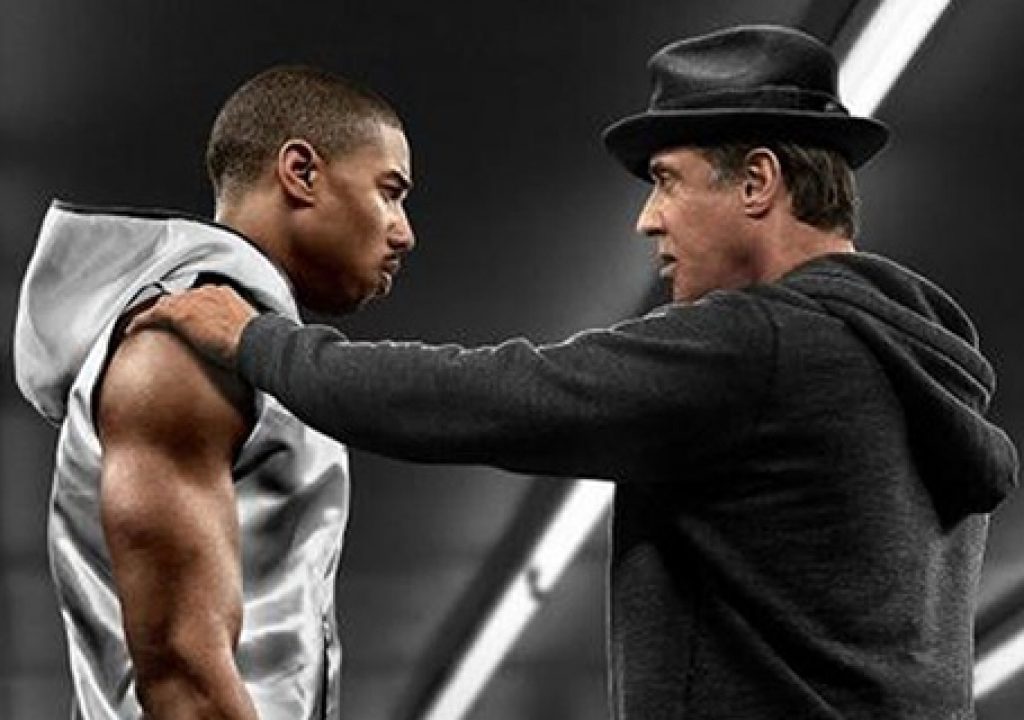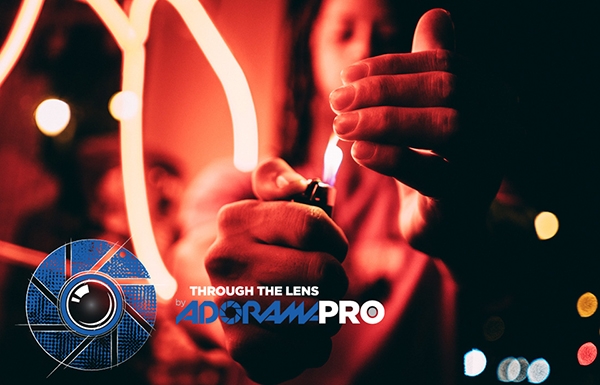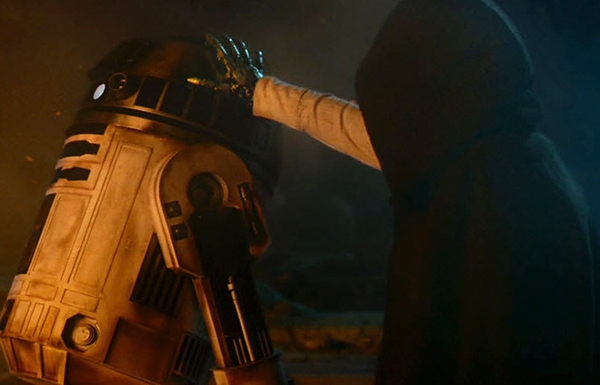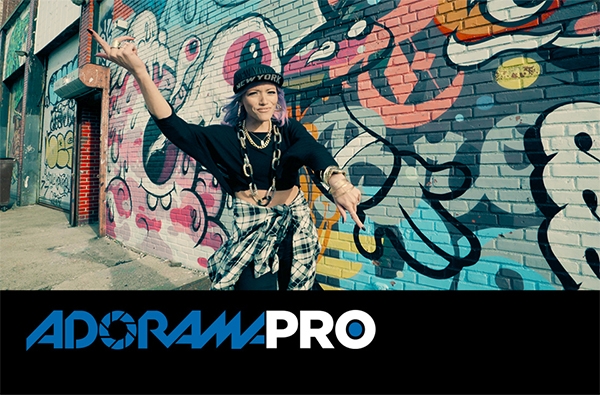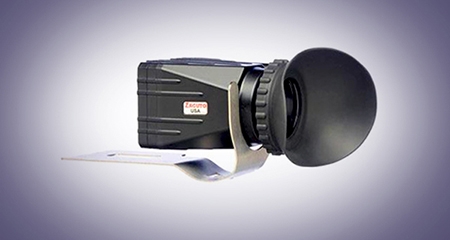As this holiday greets the release of the latest entry in the “Rocky” franchise, “Creed,” we examine the evolution of the fight scene.
Movies about the sport of boxing have been a genre fixture going all the way back to King Vidor’s classic “The Champ.” But it wasn’t until 1976 that a phenomenon developed around a little film that could – and eventually did – entitled “Rocky.” The story about a punch drunk pugilist who strives to prove his worth in the big leagues collected over $220 million at the box office and won three Oscars including Best Picture. All this for a film shot within 28 days at a budget just over $1 million. The back story mirrored the arc of its fictional protagonist: practically penniless, actor-screenwriter Sylvester Stallone struggled to get this project on the big screen while firmly placing himself in the leading role. It was not unlike that iconic moment featuring Rocky Balboa as he ran up the steps in front of the Philadelphia Museum of Art. Stallone had quite the uphill battle to climb thus turning “Rocky” into one of the great Hollywood rags-to-riches stories ever.

“Rocky” ushered in six more sequels, the most recent of which is “Creed” which was released only last weekend. Where you stand on each installment may depend on how you like your Rocky. Grounded and gritty like the first film? Staunchly black and white (and almost comic book-y) like “Rocky IV?” The series definitely had its fair share of highs and lows (and sometimes really low. “Rocky V” anybody?), yet “Creed” is enjoying a favorable reception from critics and fans alike. A lot of the credit is being attributed to director Ryan Coogler, a talented filmmaker who displayed promise with his feature debut “Fruitvale Station.” It must’ve been quite daunting to move from the low budget indie that was “Fruitvale” to the bigger budgeted continuation of an enduring franchise starring Sylvester Stallone no less. But for me the more pertinent question to ask is “how will Ryan Coogler approach filming those fight scenes?”
Discovering new and exciting ways to shoot a boxing match has become de rigueur for any auteur dipping their toes into the genre. And for most cinephiles and filmmakers that bar was set with Martin Scorsese’s “Raging Bull.” The collaboration between Scorsese’s sure handed direction, Michael Chapman’s cinematography and Thelma Schoonmaker’s editing had resulted in hard-to-beat sequences rivaling some of the best films ever made. And that ain’t hyperbole.
In previous articles, I focused on a specific cinematographer and his contribution to a series such as the James Bond and Hunger Games films and how their approach differed from previous incarnations. This time I wanted to go over the progression of shooting and editing a scene, specifically a boxing match as that is the moment everyone points to when it comes to the sub genre of the Boxing Film. For some, the success of this particular kind of movie rests or falls on the effectiveness of the match, how it is choreographed and how it is put together.
Up until the mid 1970s, the approach to staging such a scene was pretty traditional. You would go from a wide shot of the ring, a medium shot of the two opponents, then possibly to a close up on one of the fighters glaring at the camera, then back to a wide shot again. The camera would remain pulled back as if fight choreography consisted of two characters filling out the space of the boxing ring as they circled around it. If one landed a punch, you would then cut to a close up of that punch landing on the face then to a medium shot of the wounded character crouched in the corner while attempting to regain his senses. The camera itself would remain fairly stationary throughout, sometimes panning from one side of the ring to another. If there was any attempt to “change things up,” usually that would involve the positioning of the camera. Take these series of stills from 1947’s “Body and Soul” for example.

This is seemingly inspired by newsreel footage of championship bouts at the time. Director Robert Rossen places his camera at a lower-than-usual angle emphasizing the POV of an audience member attending the event. For its time, this must have been fairly revolutionary and would presage the influence of 20th century sporting event coverage on modern film by applying a vérité approach. In tackling “Rocky’s” memorable fight sequences, director John G. Avildsen obviously took a page from Robert Rossen’s playbook as the majority of the camera work is planted within the audience’s POV as well. Here is the moment leading up to Rocky knocking down Apollo Creed during the first round.

It’s fairly similar to Rossen’s style. Note how the action is captured through the ropes of the ring in both films. Incidentally, “Rocky” was one of the first films to make use of the then new Steadicam system (as invented by cinematographer Garrett Brown). However, that was barely used during the fight sequences and usually reserved for moments outside of the ring.
And now we get back to Martin Scorsese’s “Raging Bull.” Released in 1980, Scorsese made the conscious decision to place the camera within the ring. Not only was this innovative but influential as well as most films featuring arena held tournaments pretty much copied this approach ever since. However Scorsese was anything but a boxing enthusiast and worked up the desire to direct “Raging Bull” by coming up with unique ways to shoot a fight. Director of Photography Michael Chapman would wind up assuming the role of opponent as well as camera man and the boxing moves were tightly choreographed as a result. So much so that Scorsese apparently consulted a book on dance routines.

In “Raging Bull,” the camera remains within the ring the entire time. Even up to when Jake LaMotta defeats Sugar Ray Robinson; Robinson flips over the ropes and lands on the other side. And it’s the only time in this sequence where the camera positions itself from LaMotta’s perspective. Throughout this scene, the camera is pointed at Robert DeNiro’s character, constantly moving to keep up with the opponents until Robinson is literally knocked out of the ring.
Positive buzz has surrounded Ryan Coogler’s directing of “Creed’s” boxing matches. And it looks like he took Scorsese’s attempts one step further. Not only does the camera remain in the ring but sequences are shot with one continuous take. Coogler was in no doubt aided by cinematographer Maryse Alberti for whom I must digress a bit as there’s a fascinating back story to acknowledge here. For one thing, Alberti is the only female D.P. with a movie being released during the holiday blockbuster season. She first came to the USA as a teenager wanting to see Jimi Hendrix in concert, only to discover he had died three years prior to her arrival. She remained in New York, found work as an au pair then continued on as a still photographer for porn films. And it wasn’t until 1982 did she manage to land herself a role as camera assistant on the seminal No Wave classic “Vortex.” Alberti has comfortably toggled between full length features and documentaries ever since.
Having lensed another competitive sports movie (Darren Aronofsky’s “The Wrestler”) Alberti then found herself in the prime position to focus on the body blows and upper cuts of “Creed.”
Although the above clip is more or less a lead into an extended scene, you can get a sense of the camera work, its movement and its placement within the ring and the uninterrupted take eliminating the wide, medium and close ups of boxing flicks past. It is a representation of the progress from the early talkies to the News Reel inspired Noirs of the mid-20th Century, the “Body and Soul” inspired “Rocky” of 1976, all the way up to and beyond the immersive feel of “Raging Bull.” It is as if Coogler and Alberti drew inspiration from the Steadicam sequences of the first film in a series that ended with “Creed,” particularly that of Sylvester Stallone holding out his arms triumphant in front of Philadelphia’s city streets as Bill Conti’s “Gonna’ Fly Now” blares across the soundtrack.

Check out more of our articles at the Adorama Learning Center here.
“Creed” is directed by Ryan Coogler with Cinematography by Maryse Alberti. Starring Michael B. Jordan, Sylvester Stallone, Tessa Thompson and Phylicia Rashad. Distributed by Warner Bros. Pictures,

Filmtools
Filmmakers go-to destination for pre-production, production & post production equipment!
Shop Now